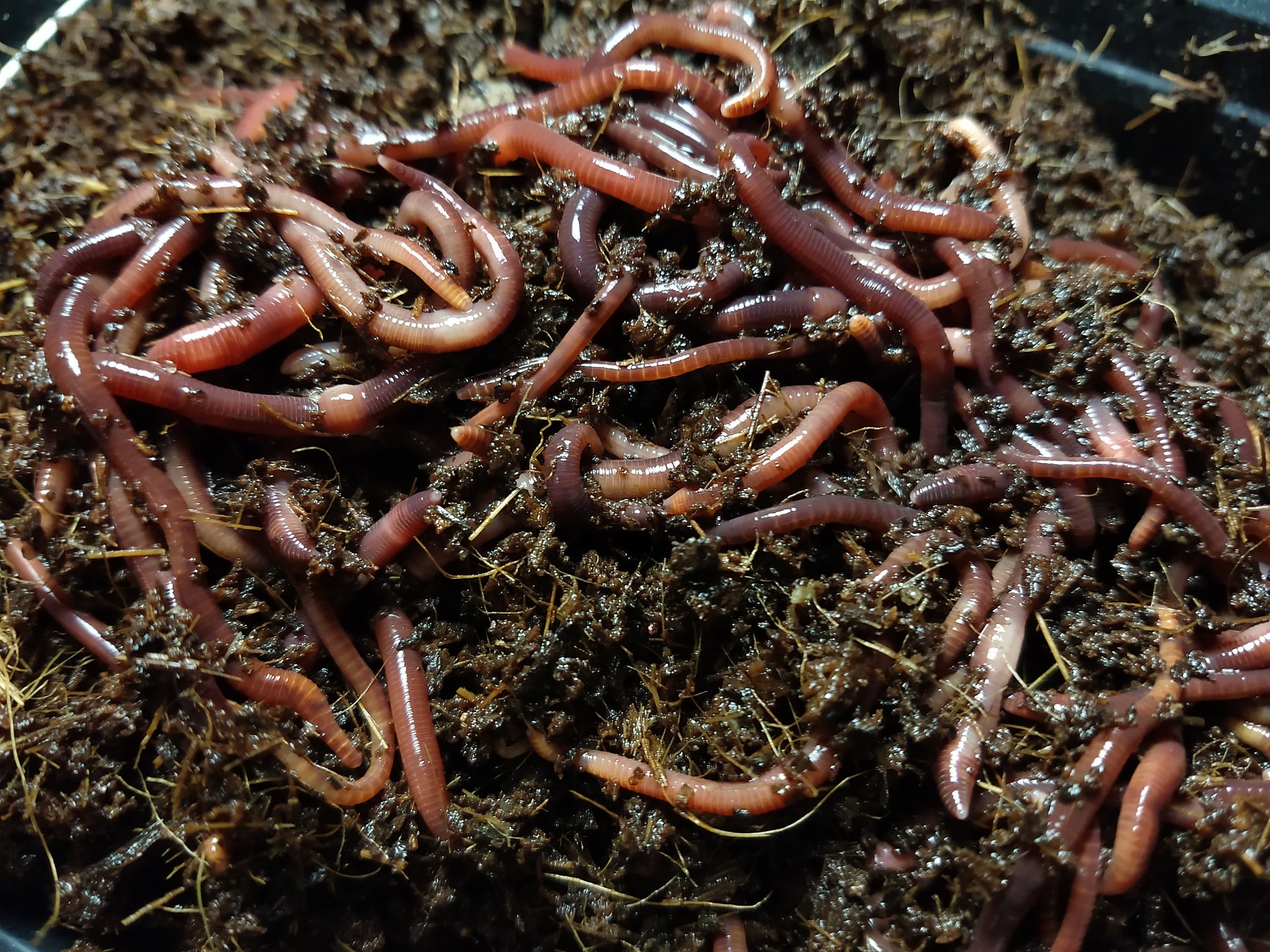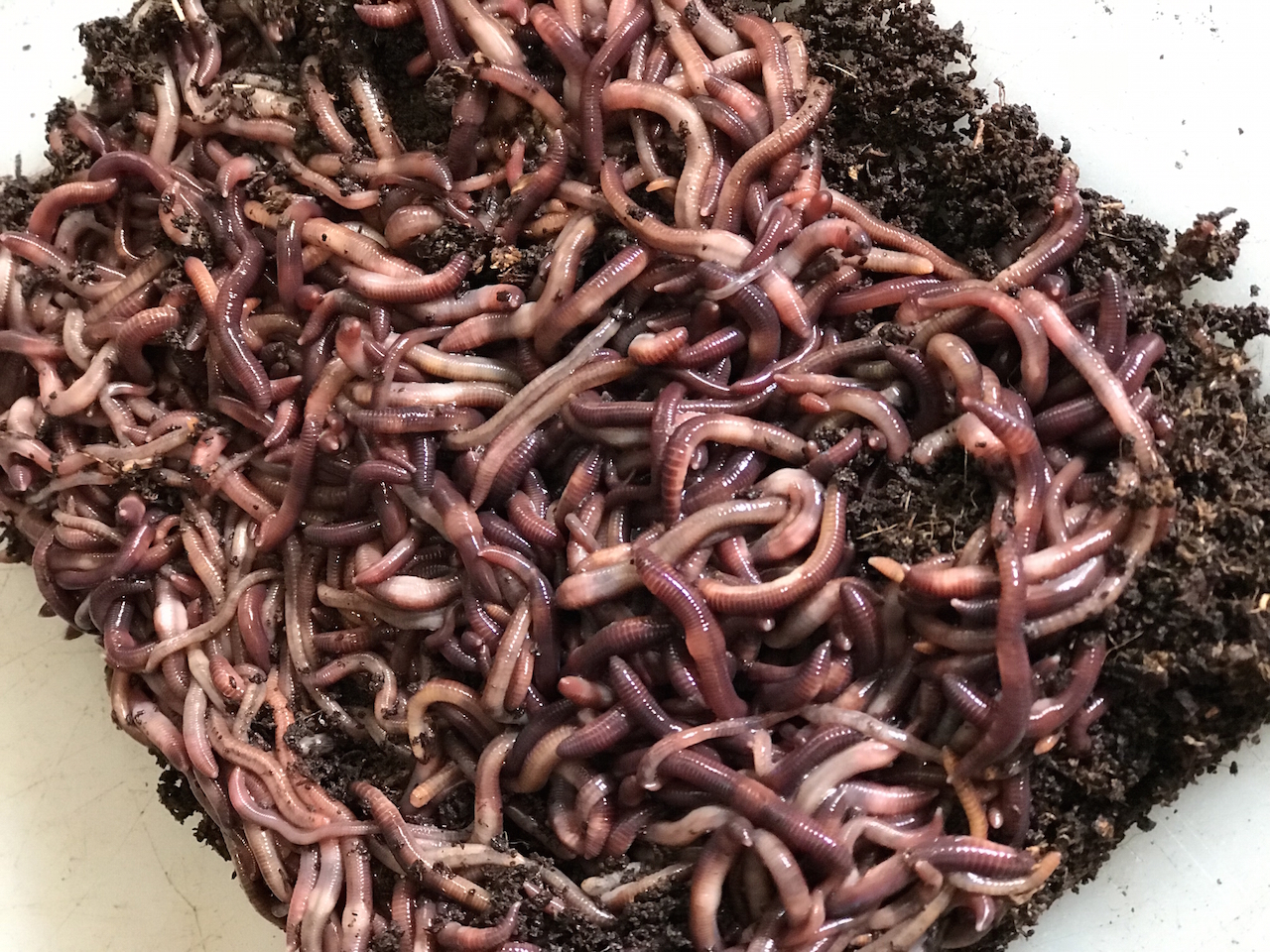Why Choose Red Wiggler Express for Fresh and Convenient Fishing Bait?
Why Choose Red Wiggler Express for Fresh and Convenient Fishing Bait?
Blog Article
Unlock the Secrets of Red Wigglers: Your Guide to Composting Success
The combination of red wigglers into composting practices provides a significant opportunity for improving dirt health and promoting sustainability. Understanding their demands and actions is crucial for maximizing their possibility, from establishing up an appropriate worm container to feeding them the appropriate products.

What Are Red Wigglers?
(Red Wiggler Express)Red wigglers, scientifically understood as Eisenia fetida, are a types of earthworm largely utilized in composting because of their exceptional capability to decompose organic issue successfully. These worms are characterized by their reddish-brown pigmentation and a segmented body, generally gauging in between 3 to 4 inches in size. Unlike other earthworm varieties, red wigglers grow in abundant, organic atmospheres, making them perfect for vermicomposting systems.
Belonging To North America, they are frequently found in decomposing leaves and compost heaps, where they play an essential role in nutrient recycling. Their adjustment to living in a damp, aerobic setting allows them to consume big quantities of natural waste, breaking it down right into nutrient-rich castings that boost dirt wellness.
Red wigglers duplicate rapidly, with a single worm with the ability of creating a number of cocoons each week, each having multiple hatchlings. This quick recreation rate adds to their efficiency in composting operations. They favor temperatures between 60 ° F and 80 ° F, and their activity level increases dramatically within this array, more helping in the decay procedure. Understanding the biology and habits of red wigglers is vital for maximizing their capacity in composting applications.
Benefits of Utilizing Red Wigglers
Utilizing the power of red wigglers in composting offers numerous advantages that enhance soil health and advertise lasting waste monitoring. These amazing microorganisms successfully damage down natural matter, changing cooking area scraps and yard waste right into nutrient-rich vermicompost. This completed product is remarkably valuable for plant development, as it enhances soil structure, enhances moisture retention, and enhances nutrient schedule.

(Red Wiggler Express)Additionally, the existence of red wigglers in your composting system can accelerate the composting procedure, creating high-quality garden compost in a portion of the time contrasted to traditional methods. The castings produced by these worms are also including valuable microorganisms that better improve the soil ecosystem.
Establishing Your Worm Container
Producing a reliable worm container is an uncomplicated process that can significantly enhance your composting efforts. Worm containers can be made from plastic storage space bins, wood boxes, or readily offered worm containers.
Following, prepare the bed linen material, which functions as the worms' habitat. A mix of shredded newspaper, cardboard, and coconut coir functions well, supplying a comfortable environment for the worms. Goal for a bedding depth of concerning 4-6 inches. Moisten the bed linen gently, ensuring it appears like a wet sponge without excess water merging near the bottom.

Feeding Your Red Wigglers
To ensure the wellness and productivity of your red wigglers, it is important to supply them with a well balanced diet plan that fulfills their nutritional needs. Red wigglers thrive on a varied selection of natural materials, which not only supply essential nutrients yet also advertise reliable composting.
Begin by incorporating kitchen area scraps such as veggie peels, fruit cores, and coffee premises. Avoid citrus fruits, onions, and garlic, as these can be harmful to worm health. Furthermore, present shredded paper, look what i found cardboard, and dry fallen leaves to develop a well-aerated atmosphere.
Feeding frequency ought to be checked; typically, worms can take in half their body weight in food weekly. It is important to stay clear of overfeeding, as excess food can bring about undesirable odors and draw in bugs. A great technique is to add food in little quantities, permitting worms to refine it before presenting extra.
Keeping dampness levels is additionally essential; the bed linens ought to perspire yet not soggy. Last but not least, be certain to regularly check the temperature and pH levels of the bin to guarantee an optimal setting for your red wigglers, inevitably enhancing their composting efficiency.
Harvesting and Using Garden Compost
A successful composting process with red wigglers finishes in the abundant, dark garden compost recognized as vermicompost, which can dramatically improve dirt wellness and plant development. Gathering this nutrient-dense product generally takes place every three to six months, depending upon the size of your system and the amount of raw material being refined.
To collect, carefully separate the garden compost from the worms and any undecomposed materials. One reliable approach entails moving the contents of the container to one side and adding fresh bed linens and food to the void, encouraging the worms to migrate. After a few days, the garden compost can be collected from the contrary side.
It is necessary to make use of vermicompost correctly to maximize its advantages. It can be used as a leading clothing for garden beds, mixed into potting dirt, or brewed into a nutrient-rich liquid plant food called "worm tea." This application method helps to supply crucial nutrients directly to plant origins, promoting healthier development. By integrating vermicompost into your horticulture program, you not only reuse organic waste yet additionally develop a growing ecosystem that sustains sustainable gardening techniques.
Verdict
In recap, red wigglers function as phenomenal allies in composting efforts, changing organic waste into nutrient-rich vermicompost (Red Wiggler Express). Their distinct organic qualities and efficient waste processing capacities add significantly to sustainable gardening practices. By recognizing the optimal problems for their habitat, feeding requirements, and compost harvesting methods, garden enthusiasts can enhance dirt wellness and promote plant vigor. Welcoming vermicomposting not only decreases landfill waste however likewise promotes a more eco accountable method to gardening and source monitoring.
Report this page